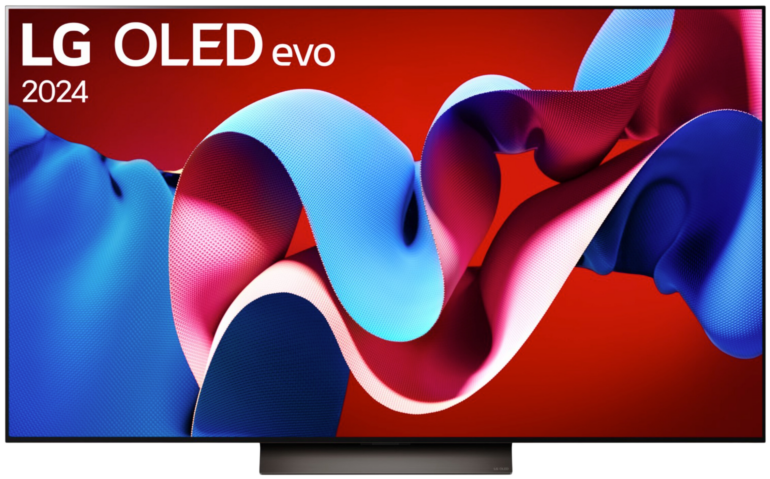Samsung Q90T vs Samsung QN85A TV comparison 2021/05


Hey! If you buy through our links, you support our project. It won't cost you a cent more! Many thanks in advance! ♥️
Samsung Q90T and Samsung QN85A compared – Which TV is better?
Detailed comparison: Samsung Q90T or Samsung QN85A
Both TV's with a good reflection behavior.
Both TV’s have a really good behavior towards reflections. They got a coating to deny reflections at most. Since QLEDs are getting brighter than OLEDs, they usually don’t have a lot of problems with reflections.

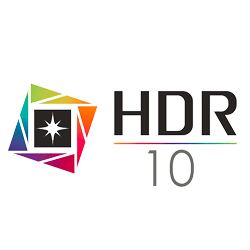

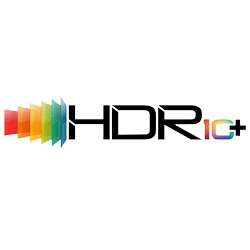




Wide viewing angle for both devices.
Usually, LCDLCD = Liquid Crystal Display – a type of screen using liquid crystals for creating the image TV’s don’t have such a wide viewing angle. With their actually wide angle, both devices have shown, that the standard doesn’t need to apply to everything. The Q90T is using a Wide Angle layer to artificially widen the viewing angle. Thanks to that coating, it has an even bigger viewing angle than the QN85A’s IPSIn-Plane Switching, type of LCD Panel PanelThe panel is the actual screen of a television. There is different types of panels like OLED, LCD or Micro LED and different sub-types of LCD like VA or IPS., which is used for that kind of feature.
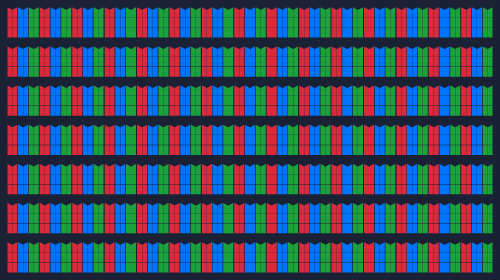


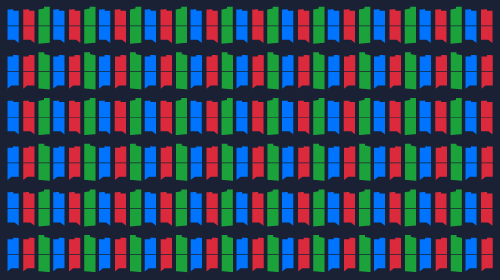


The first differences are shown
Both TV’s have a good picture quality. Besides that, the first differences are noticeable. The Q90T has a better picture, thanks to the contrast ratio, so it can scale up the picture better, than the QN85A. Even the promoted Mini LED’s, are not making up for the bad contrast ratio.




The main difference
In HDRHigh Dynamic Range – image/video with more dynamic range (contrast range), both TV’s are missing Dolby VisionDynamic HDR-format with a color depth of up to 12 Bits and Mastering of up to 10,000 Nits, even though the Q90T would have been an excellent candidate for that. Nevertheless, the Samsung top model from 2020 has a really high contrast and is also covering 70% of the REC 2020 color space. The high values promise a clear picture, which is mostly noticeable in lighter areas. The reason for the slightly worse score from the QN85A, is a low contrast, if you are watching movies in HDR.










For nice movie nights
Both TV’s are decent for watching movies on. The higher contrast is delivering a better picture on the Q90T, even though the QN85A is having good values and shows a beautiful picture overall. Both TV’s are not presenting the best sound, so you should consider to buy a soundbar in addition.


A high class duell
Both TV’s are awesome and pretty similar in the gaming section. They have got a HDMI 2.1 Input, VRRVariable Refresh Rate – synchronizes the display’s refresh rate with the output refresh rate of the graphics card and ALLMAuto Low Latency Mode – Automatically detects connected consoles and keeps input lag as low as possible., whereby you can fully experience your Playstation 5 or Xbox Series X. The Input LagTime it takes for the input signal to appear on the screen (delay) is almost similar, although the QN85A is ahead by a bit with ~9ms.




Good TV, but not Champions League
When you want to watch sports, both TV’s have a good picture. The corners from the Q90T are getting darker, therefore you will get the so called Dirty Screen EffectVisible difference (color shift/brightness) when displaying the same color in different areas of the screen. If you are watching wide and similar colors, like a football or ice hockey field, you will be able to see that your screen is not as consistent, as it should be. Nevertheless both TV’s have a short response time and the picture overall is having a wide variety of colors..
Better equipment for the QN85A
The QN85A is has more advanced features and specifications then the Q90T. The TV from 2021 is using the newer Operating system Tizen 6.0 and also has a better processor. The newer model is not just compatible with Amazon Alexa and apple AirPlay 2, but also with Google’s voice assistant. Both TV’s also got an eARC Input, Dolby AtmosObject-based surround sound format with 3D-Sound from any direction and have a Twin Tuner included.


kompatibel


kompatibel

integriert
Our conclusion:Similar TV's - but still a difference
Both TV’s are pretty similar in most areas and there are only minor differences. However there is a big difference in this comparison – the contrast. The contrast ratio of 10500:1 was against a contrast ratio of 2000:1, which was the reason why the Q90T was better in some categories. Contrast is the most important attribute for a great picture, and even though Samsung’s QN85A has good stats, the low contrast was the reason for its lower score. Apart from that, the devices were pretty similar. Both use a very high brightness level and have FALD. Even though they are QLEDs, both TV’s have a really wide viewing angle, which is usually a big problem with that kind of TV. Since both devices don’t have a great sound, you should consider getting an external soundbar.
